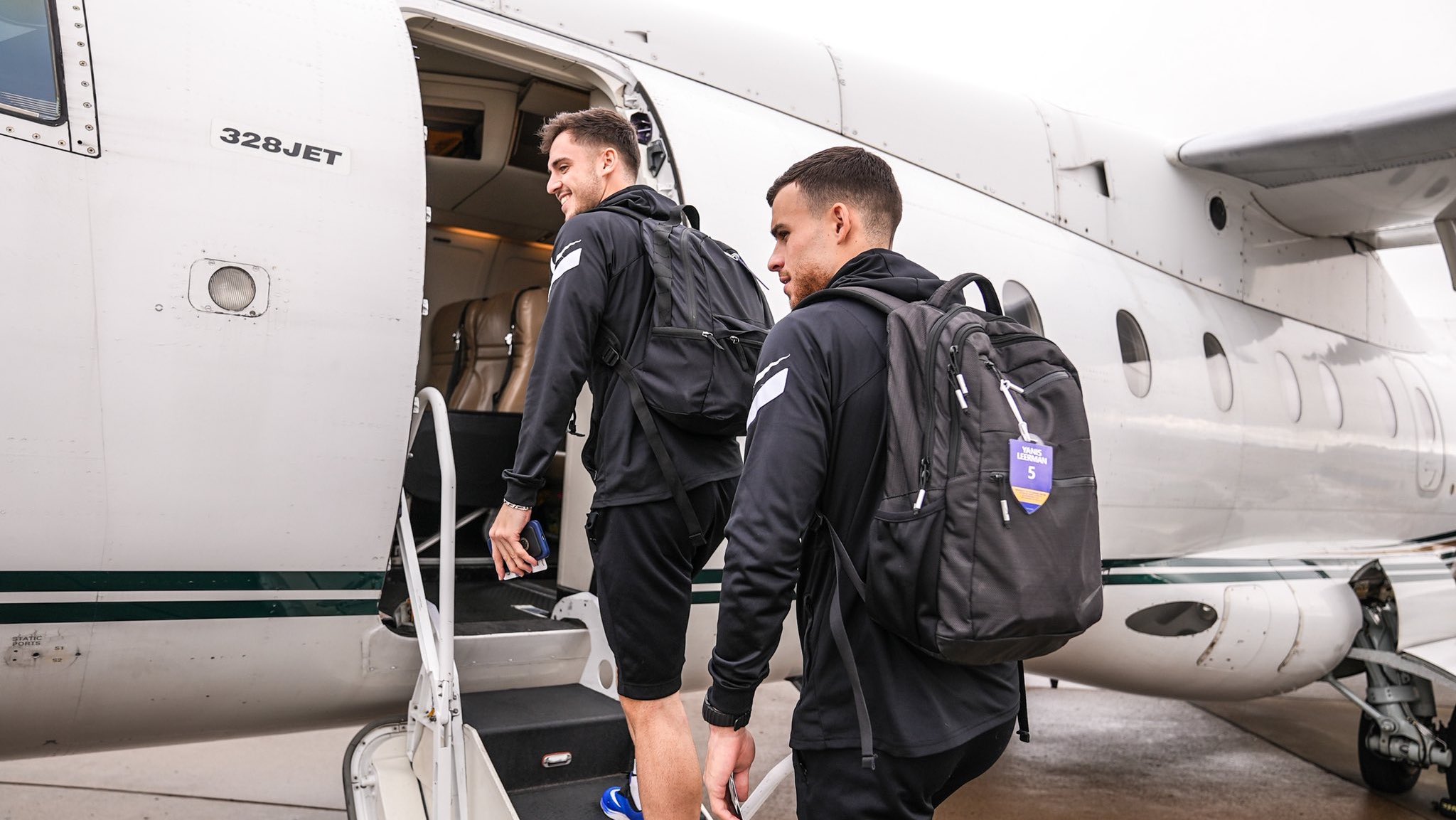When it comes to the college recruiting process, there is no hotter topic than that of the status of international players. With over 21,000 foreign born players currently playing college athletics, schools now more than ever are looking abroad to find players that can make an immediate impact on their roster.
Of all the sports impacted by this influx of players, college soccer is at the top, especially on the men’s side where over 30% of all Division I male players are from abroad. This isn’t a new topic for the game – international players have helped NCAA National Championship winning sides for both the men’s and women’s dating back to the 1960s and 1970s. On the men’s side, the 2022 Division I National Championship side, Syracuse, featured 11 players who were born outside of the United States. In 2021, a whopping 25 players on the roster for NCAA men’s soccer national champion Marshall were foreign-born. Meanwhile, 17 college players will be suiting up for countries outside of the U.S. at this year’s Women’s World Cup.
(NCAA resources for prospective international student-athletes)
The big question is though: how do international players learn about the college system and how is their recruiting process any different from those who are born stateside? Over the coming weeks, SoccerWire will be looking at the different facets of the international recruiting process. For this week, the focus will be on eligibility.
Here are a few of the key requirements for NCAA eligibility for international players:
- Players Must Register for the NCAA Eligibility Center: As with players born in the United States, international players must register with the NCAA Eligibility center to ensure that their amateur status has been maintained and that they meet the academic requirements to participate. While both points are important, verifying one’s amateur status is salient for players coming from abroad. With the academy systems throughout the world being set up differently than the youth club system here in the United States, amateur status isn’t always necessarily a given. Players providing the correct documentation to the NCAA to prove their eligibility status is critical.
- Academic Requirements: The NCAA requires that all players provide an academic transcript from grades 9-12 as well as a proof of graduation document. Where things get interesting is for players who attend schools in countries where English is not the native language. The NCAA requires that players who come from countries that fit this bill must submit not only a copy of their academic transcript and their proof of graduation (more on that in a minute) in their native language, players are also required to submit a line-by-line English translation of both documents. There are also additional requirements as to who may provide the translation of the documents (for example colleges cannot provide this service to the player).
- Additional Academic Requirements: In addition, the NCAA may also request further documentation including a transcript for their equivalent of the eighth grade, a copy of their diploma, a grading scale rubric with information on what constitutes a passing grade, and course completion dates.
- Country-by-Country Standards: To help sift through the red tape, the NCAA annually provides a country-by-country breakdown of what are acceptable forms of documentation that can be uploaded to the NCAA Eligibility Center.
If you have a question that you would like to be answered in our international college recruiting coverage, please email [email protected]








